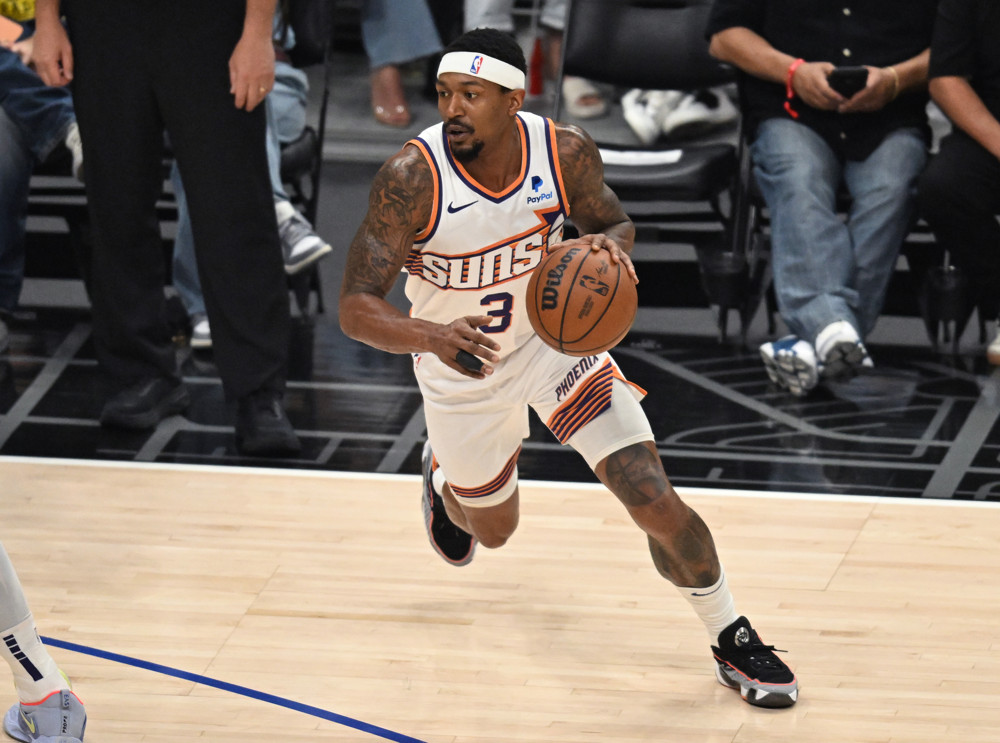The NBA introduced the Stepien Rule to limit the long-term mess front offices can create. But pick swaps and the ability to trade selections up to seven years out have allowed teams to dig themselves into trouble anyway.
The stifling restrictions imposed by the second apron have added to the challenge. Teams can get trapped, unable to trade players due to salary aggregation rules, and with no financial flexibility.
With that in mind, here are the teams with the bleakest futures in the NBA.
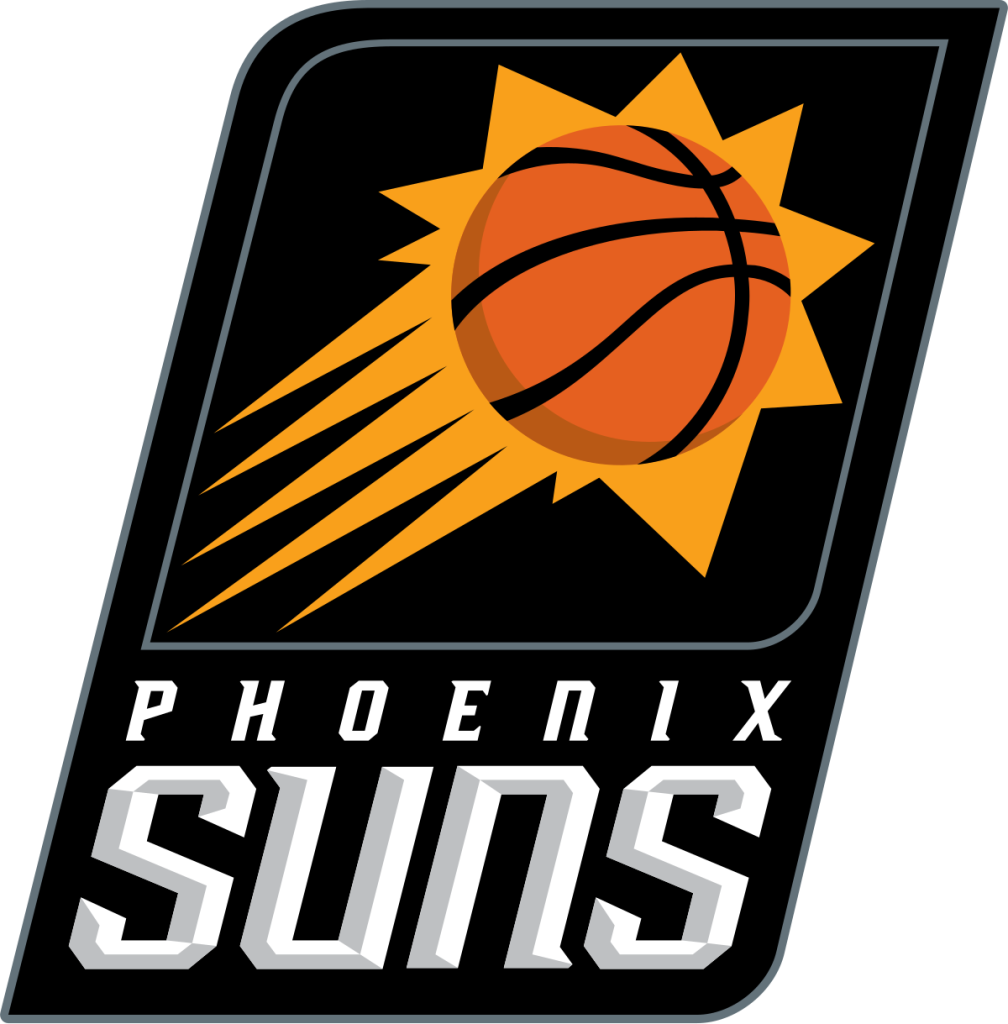
Phoenix Suns
Phoenix traded Kevin Durant for Jalen Green and Dillon Brooks. The former is a poor fit with Devin Booker. The latter might help short-term, but he is nearing his 30th birthday, and physical defenders like Brooks rarely age well (see Marcus Smart’s sharp decline).
Bradley Beal was waived and stretched, costing the Suns $20 million against the cap each season until the end of the decade. Mat Ishbia’s brash attempts to stock the roster with stars and veterans didn’t bring success. The Suns are left with Devin Booker and no tradable first-round picks.
Phoenix will not be selecting in the first round of the 2026 draft. In 2027, they will get the least favorable of their pick, Utah’s, Cleveland’s, and Minnesota’s.
Khaman Maluach is a player to watch in 2025–26 if he can get minutes ahead of Mark Williams and Nick Richards. Other than that, it feels like a waiting game until the Suns accept they have to trade Booker.
Sacramento Kings
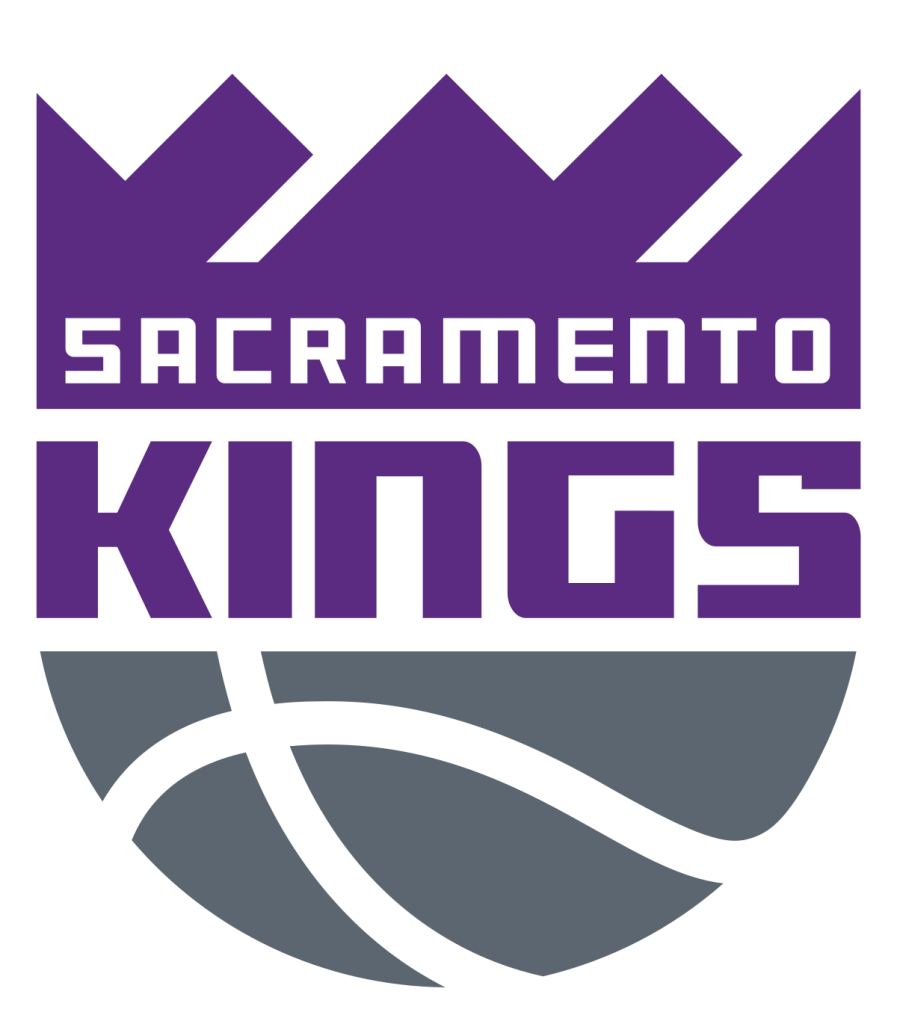
Sacramento has its own first-round picks and a 2031 Timberwolves first. The Spurs, who will likely be perennial contenders by then, can swap their first-round pick for Sacramento’s.
The Kings aren’t in pick debt like some other teams. Their roster, though, is a shambles. They have constructed a copy of the Bulls with Zach LaVine, DeMar DeRozan, and an all-offense, no-defense European center.
Keegan Murray took a step back last season. Dennis Schröder was massively overpaid in free agency, and first-round pick Nique Clifford isn’t going to transform their long-term outlook.
Kings fans have to watch De’Aaron Fox play alongside Victor Wembanyama. They’ve already seen Tyrese Haliburton lead the Pacers to the NBA Finals. Sacramento, meanwhile, has finished ninth in the Western Conference in consecutive seasons and has been eliminated in the play-in both years. Ownership and the front office continue to behave like a win-now team.
Are they content with mediocrity? What’s the harm in bottoming out in a stacked Western Conference? It will take significant overperformance for the Kings to finish higher than eighth. High-upside draft picks are the route Sacramento should be taking.
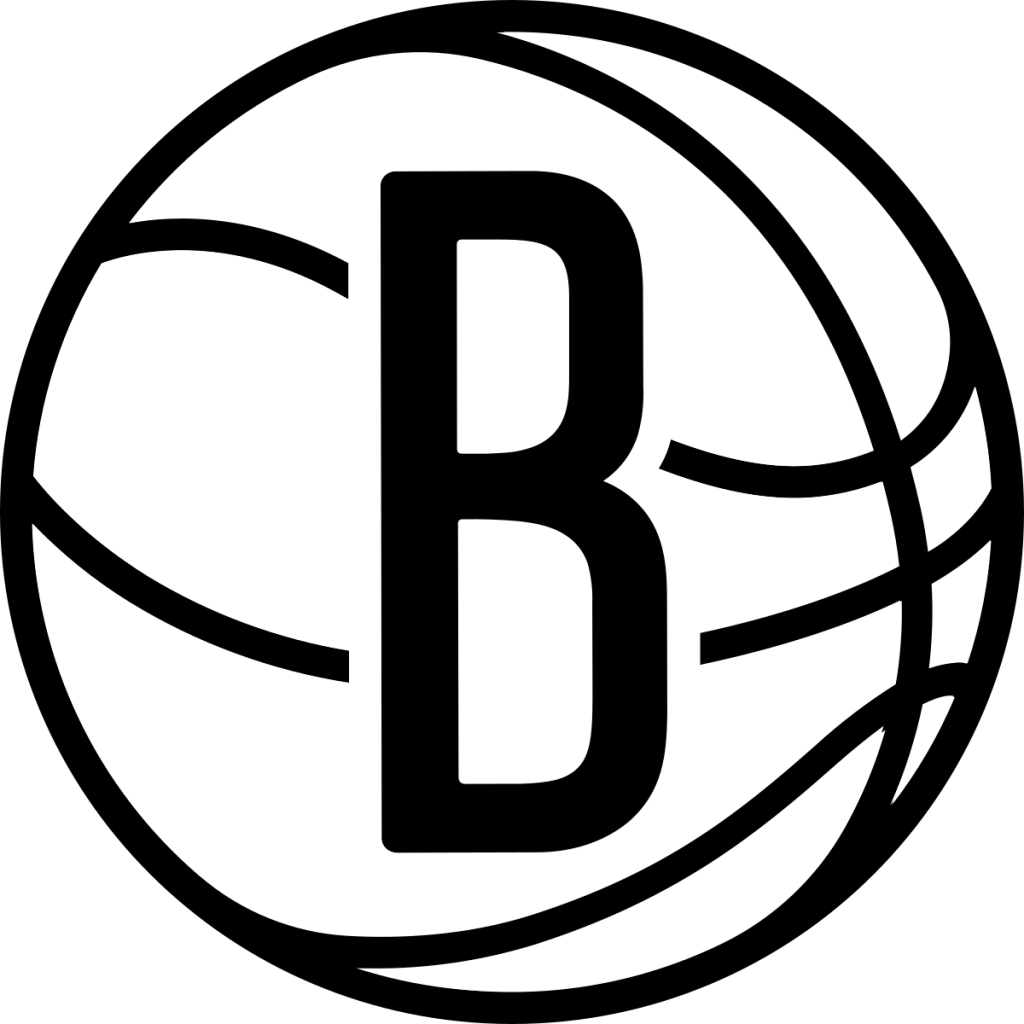
Brooklyn Nets
Brooklyn has most of its own picks and five additional firsts, along with an arsenal of second-rounders. Houston has swap rights on a couple of Brooklyn’s firsts, and the Nets have the worst top-to-bottom long-term roster in the NBA.
Time will tell if any of their four rookies are capable of being more than role players. Terance Mann was overpaid at three years and $47 million. Nic Claxton and Michael Porter Jr. aren’t building blocks, and frankly both are most valuable as trade assets.
Do the Nets give Cam Thomas the big contract he wants? Thomas is a microwave scorer off the bench rather than a starting guard for the rest of the decade.
This is where the Nets find themselves. Like the Suns, they are sorting through the wreckage after going all in on Durant. And in their case, also James Harden.
New Orleans Pelicans
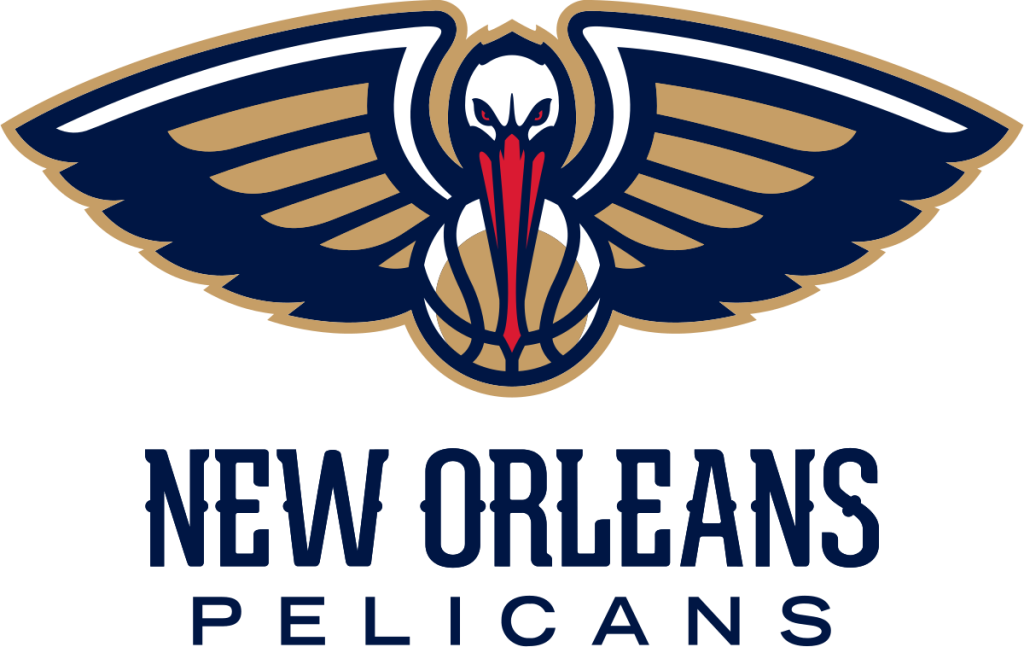
Asa Newell needs to be an All-Star for the Pelicans to justify trading their 2026 first-round pick to move up from 23rd to 13th in the 2025 draft. The Pels don’t have a second-round pick until 2030, and they aren’t likely to be good enough to swap with Milwaukee in 2027.
Trading Anthony Davis and winning the Zion lottery gave the Pelicans a unique opportunity to contend. It hasn’t worked out. Zion is rarely healthy, and when he is, he’s far from the transcendent talent we saw earlier in his career.
The Jordan Poole and Dejounte Murray tandem is under contract for two more seasons. It’s not a pairing that makes New Orleans anything more than a fringe playoff team.
Trey Murphy III and Herb Jones are the two best players on the roster. Both should be traded before this season’s deadline. Another rebuild is the only way the Pels can brighten their future.
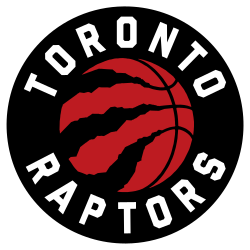
Toronto Raptors
Toronto fired Masai Ujiri just before the draft. They are almost $2 million over the cap with the salaries of Scottie Barnes, RJ Barrett, Immanuel Quickley, Jakob Poeltl, and Brandon Ingram.
Barnes doesn’t look like living up to the hype that followed his Rookie of the Year campaign. He’s a career 30 percent three-point shooter and doesn’t appear to be the kind of talent you can build a contender around. Where is the foundational star on this roster?
It’s not Ingram, who has played a total of 10 career playoff games. Barrett is a highly paid role player. Poeltl is a solid starting center, but his lack of shooting makes him a clunky fit with Barnes. Quickley is overpaid at $32.5 million.
The theory of Barnes becoming a do-it-all superstar wing surrounded by a rim protector, a secondary scorer, a 3-and-D wing, and a combo guard makes sense. Barnes has shown no signs of ascending to that level, though, leaving the Raptors facing years of play-in ball.
If Poeltl picks up his team option for 2026–27, Toronto has all of that quintet under contract for at least two seasons. It likely takes them out of top lottery odds and leaves them in Bulls-esque no-man’s-land. Collin Murray-Bowles, their 2025 first-round pick, isn’t going to change that outlook, and his lack of shooting could create further fit issues.
Toronto at least has its future picks, so maybe they strike gold and break away from mediocrity.
Join our newsletter for weekly updates, banter, and more.


